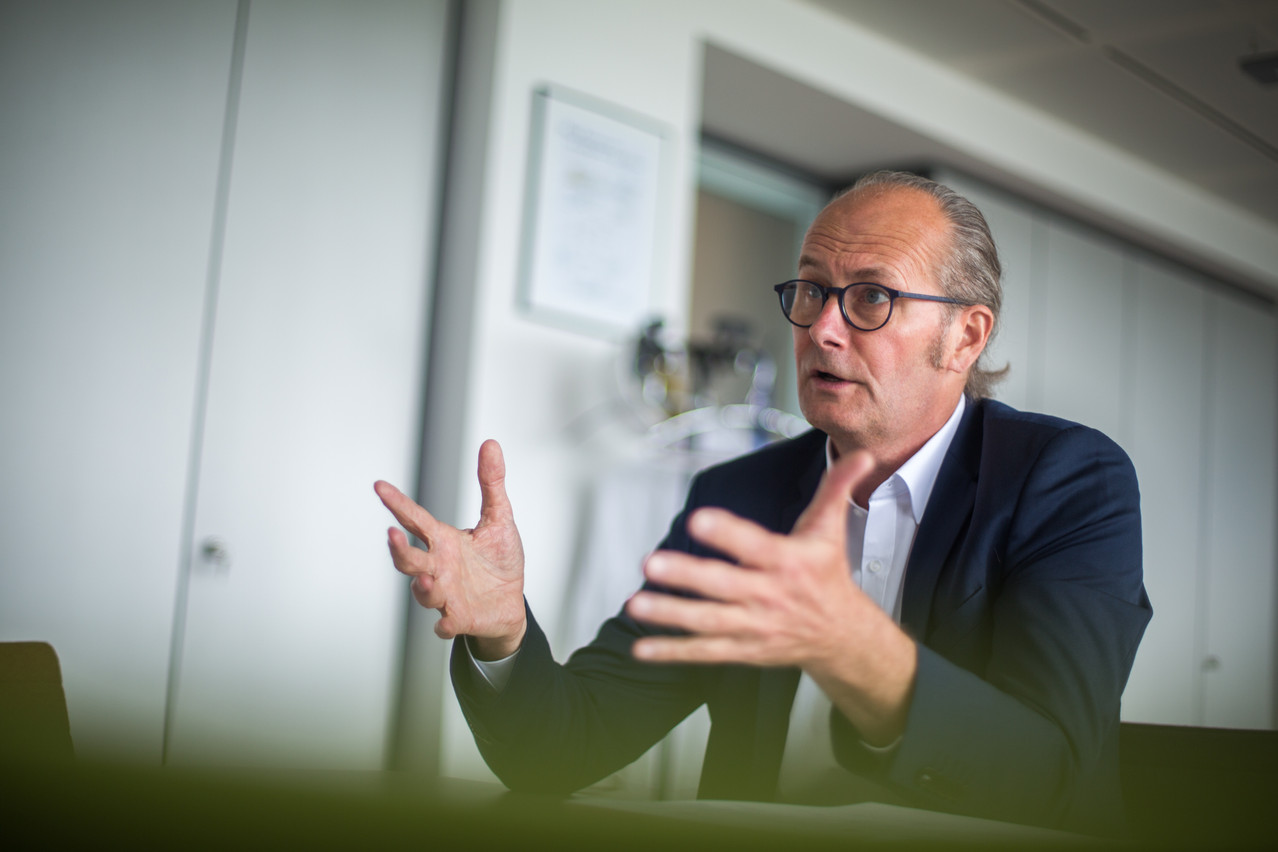The workshops--revolving around topics such as housing and construction, mobility and transport, energy, agriculture, taxation and finance--aim to prioritise concrete solutions to transition into the final national roadmap, which will be submitted to the European Commission by end-December 2019.
The government climate plan aims to reduce CO2 emissions by 50-55% (compared to 2005). Speaking to a full house, environment minister Carole Dieschbourg and energy minister Claude Turmes (both Déi Gréng) presented the current state of play, in the national and European contexts, during the opening session.
“The young people are waiting for us,” Dieschbourg said, referring to her recent meetings with hundreds of students to discuss their climate concerns.
Addressing the wide range of business interests at the workshops, Dieschbourg emphasised the sense of urgency. “It isn’t sufficient to have a good framework,” she said. "We need everyone, in their functions.”
Population, economy growth challenges
The evolution of non-ETS emissions between 2005-2017 in total has decreased from 10.42 Mt to 8.74 Mt overall, with the largest share due to non-resident road transport (just over 44.5%). Resident road transport (19.9%) comprises the next largest share, followed by economic activities (13.04%), residential buildings (12.8%) and finally agriculture (7.4%).
Turmes shared a vision of strengthening of collaboration with neighbouring countries, solar projects, and improving ecodesign as part of the solutions to tackling the challenges. But he also levelled with the crowd to explain how quick the grand duchy was growing in terms of its economy and its population, adding that “efficiency, efficiency and ultra-efficiency”, were required to meet such stark challenges.
Joining Dieschbourg and Turmes was finance minister Pierre Gramegna (DP), who explained that “we are prisoners of our own geography." He said that while the grand duchy has an extremely open economic model in terms of welcoming services, investment and people, with this comes certain drawbacks--energy consumption and CO2 emissions, to name a couple. “But we have a domain, as a centre of finance, where we can do much more for our ecological footprint.”
Echoing the OECD’s Olivier Cattaneo--who said ,“We need to go from billions to trillions, and the trillions are in the private sector”-- Gramegna called on the actors in the room to help mobilise additional finance for climate protection.
Green finance leader
Luxembourg is already a world leader in green finance. Actions already being undertaken include the joint initiative with the EIB to mobilise investment for climate-related projects under the climate finance platform, the creation of an international climate finance accelerator to support innovative asset managers, and the 2017 launch of the foresty and climate change fund with the BCEE, Bil and Foyer, among others. The Luxembourg Stock Exchange launched the world’s first green financial instruments in 2016.
The minister added: “Only 2% of all obligations from bonds issued worldwide are green. That means 98% are not, so the potential in that domain is quite large.”
Gramegna said that he hopes to see even more interaction between finance and climate experts, both public and private.
